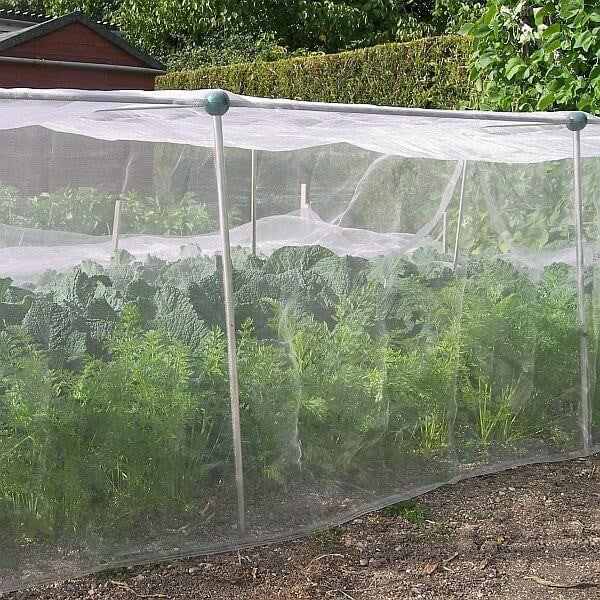Carrot flies are a common and persistent pest for gardeners, particularly those growing carrots, parsnips, and other root vegetables. These tiny pests may be hard to spot, but the damage they cause can ruin entire crops. Understanding how to prevent and treat carrot fly infestations is crucial for keeping your vegetable garden healthy and productive.
What is the Carrot Fly?
The carrot fly, also known as Psila rosae, is a small black fly with orange legs. While the adult fly itself doesn't cause damage, it lays eggs at the base of plants. The larvae that hatch from these eggs burrow into the roots, feeding and leaving unsightly brown tunnels behind. Affected crops often rot and become inedible, making prevention and treatment essential.
The Role of Carrot Fly Nematodes
Carrot fly nematodes are a natural and safe method to combat these pests. These microscopic organisms actively target the larvae in the soil, reducing their ability to harm your crops. Unlike chemical treatments, nematodes work by breaking the carrot fly’s lifecycle, addressing the problem at its source.
How to Use Carrot Fly Nematodes:
- Prepare the Nematodes: Mix the nematodes with water according to the instructions provided.
- Apply to Soil: Water the nematodes into the soil where carrot fly larvae are likely to be present, usually around the base of your crops.
- Timing: Apply nematodes during the warmer months when larvae are active, typically in late spring and summer.
The nematodes will penetrate the soil, seeking out and eliminating the larvae. This helps protect your crops from further damage and reduces the likelihood of a re-infestation.
Why Use Veggiemesh Insect Netting?
While nematodes handle the larvae, veggiemesh insect netting provides a physical barrier that prevents adult carrot flies from laying their eggs. This lightweight, fine mesh netting allows sunlight, air, and water to reach your plants while keeping carrot flies and other pests out.
Benefits of Veggiemesh:
- Prevent Egg-Laying: Carrot flies are low fliers, and veggiemesh netting placed over your crops stops them from accessing the soil to lay their eggs.
- Protect a Range of Crops: In addition to carrots, veggiemesh is ideal for parsnips, celery, and other susceptible plants.
- Reusable and Long-Lasting: With proper care, veggiemesh can be used season after season.
Tips for Using Veggiemesh:
- Secure the Edges: Ensure the netting is tightly secured to the ground to prevent flies from getting underneath.
- Place Early: Install the netting as soon as you plant your crops to prevent flies from gaining access.
- Allow Space: Leave enough sack for the crops to grow.
Combining Nematodes and Veggiemesh for Complete Protection
The most reliable way to protect your crops from carrot fly is to use both nematodes and veggiemesh. The nematodes work beneath the surface, targeting larvae in the soil, while the veggiemesh stops adult flies from laying eggs. Together, these methods provide comprehensive protection, allowing you to grow healthy and vibrant crops.
Preventing Carrot Fly Infestations
To Further Reduce The Risk Of Carrot Fly Damage, Consider These Preventative Measures:
- Practice Crop Rotation: Avoid planting carrots or related crops in the same spot each year.
- Thin Plants Carefully: Carrot flies are attracted to the scent of disturbed foliage, so thin your crops during calm weather and cover them immediately.
- Harvest Early: Carrot flies are most active in late summer and autumn, so harvesting early can reduce exposure.
Conclusion
Carrot flies can devastate a vegetable garden, but with carrot fly nematodes and veggiemesh carrot fly mesh netting, you can protect your crops and enjoy a plentiful harvest. By combining these tools with good gardening practices, you’ll create an environment where carrot flies are less likely to thrive, ensuring healthier, more resilient vegetables for your kitchen.
